Nuclear Vogelsang: The Lost Soviet City Everyone Wants to Disappear
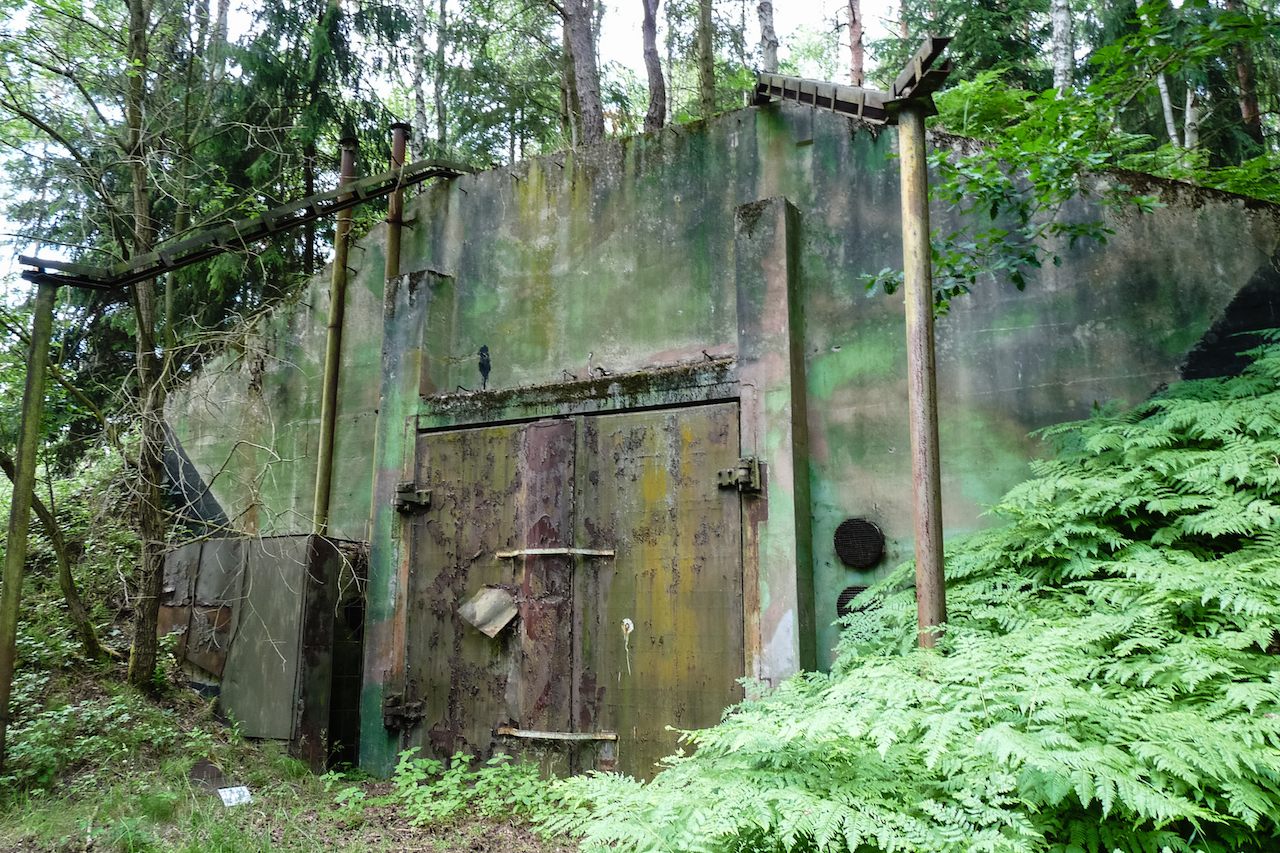 Vogelsang in East Germany (all photographs by the author)
Vogelsang in East Germany (all photographs by the author)
Lurking in a Brandenburg forest north of Berlin is a hidden city with a sinister past being quietly erased off the face of the Earth.
It’s so secret, no locals were allowed near it, no local officials informed of its Cold War activities. This was one party where the guests told the hosts they weren’t welcome.
Vogelsang in East Germany was where the Soviet Union once had atomic weapons primed for Western Europe, ready to launch in retaliation for a preemptive strike or in preemption of an imminent retaliation. Now the whole site is abandoned, eerie, still, with curtains fluttering through broken school, shop, and barrack windows. Giant bunkers on the garrison’s outskirts stand empty and desolate, doors creaking forlornly, their stash of deadly nukes gone and with it their raison d’être. Germany would rather forget this ghost town ever existed, despite the remaining Soviet art, the murals, or Lenin’s statue. Demolition workers are knocking it down so the forest can move back in.
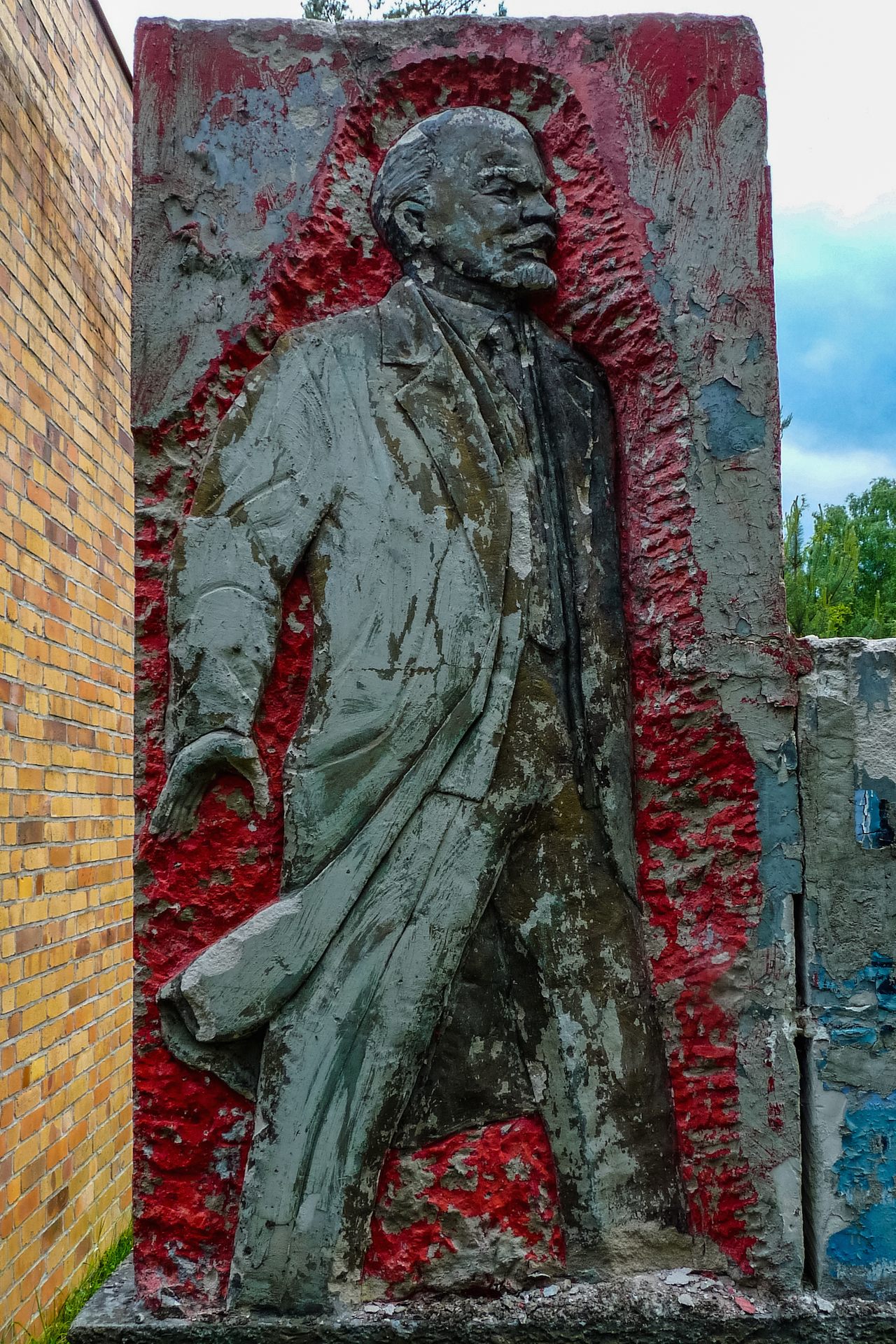 The Soviets began clearing and constructing on the 2,000-hectare site in 1951. The garrison, one of the few complexes purpose-built by the Russians, became home to around 15,000 soldiers and civilians, some 550 buildings, lots of tanks, anti-aircraft missiles, tactical missiles, and nuclear missiles. Soldiers carried out maneuvers at night to avoid Allied surveillance, and locals had no idea what was going on behind those guarded walls.
The Soviets began clearing and constructing on the 2,000-hectare site in 1951. The garrison, one of the few complexes purpose-built by the Russians, became home to around 15,000 soldiers and civilians, some 550 buildings, lots of tanks, anti-aircraft missiles, tactical missiles, and nuclear missiles. Soldiers carried out maneuvers at night to avoid Allied surveillance, and locals had no idea what was going on behind those guarded walls.
As part of “Operation Atom,” R5-M (SS-3 Shyster) missiles were brought here and to another base at nearby Neuthymen (Fürstenberg) by the elite 72nd RVGK Engineer Brigade in January of 1959. The nuclear warheads followed in mid-April. Four of the weapons were apparently aimed at England, to take out Thor (PGM-17) missile bases in Norfolk and Lincolnshire, while others were for United States air bases in Western Europe, and still others pointed at population centers such as London, Paris, Brussels, the Ruhrgebiet, and Bonn. Each missile weighed 29.1 tons and was 20.74 meters long. They were over 20 times more powerful than the bomb dropped on Hiroshima. Four mobile launching units and 12 missiles were ready for deployment between the two bases, capable of striking targets up to 1,200 kilometers away.
The East Germans were not informed, and the missiles were delivered under cover of darkness using back roads so they wouldn’t find out. “The Soviet Army leadership did not give the GDR (German Democratic Republic) military leadership any information about the stationing of missiles in Vogelsang and Fürstenberg. In my position at the time as head of the GDR air force, I had no knowledge of any action of that type,” General Heinz Kessler said in 1999.
The Russians withdrew the weapons in a hurry after just a few months, in August, likely for political reasons with Nikita Khrushchev visiting American counterpart Dwight Eisenhower in September. However, another sneaky deployment — this time with R-12 (SS-4 Sandal) nuclear missiles capable of reaching 2,000 kilometers — was supposed to have been sent here between 1961 and 1962 during the top secret “Operatsiya Tuman.” It was so secret, not even the soldiers knew where they were being deployed.

“Officers and career servicemen for a long time had no clue that the road ahead of them crosses the western border of the USSR and transited to the GDR,” reported the commander in charge, Colonel Vladimir Aleksandrov from Smolensk. He left for Berlin on September 17, going first to Wünsdorf — where Soviet military forces in Germany were headquartered — then up to Vogelsang and Fürstenberg with his team to make preparations for deployment.
Launch sites were constructed close to both bases, buildings and storage facilities built, communications equipment provided, and slabs were laid for command vehicles, launch vehicles, and technical batteries. “Road signs were put up, repairs were made to the road bed and bridges were reinforced. Work was performed to camouflage both BSPs (launch sites),” Col. Aleksandrov said.
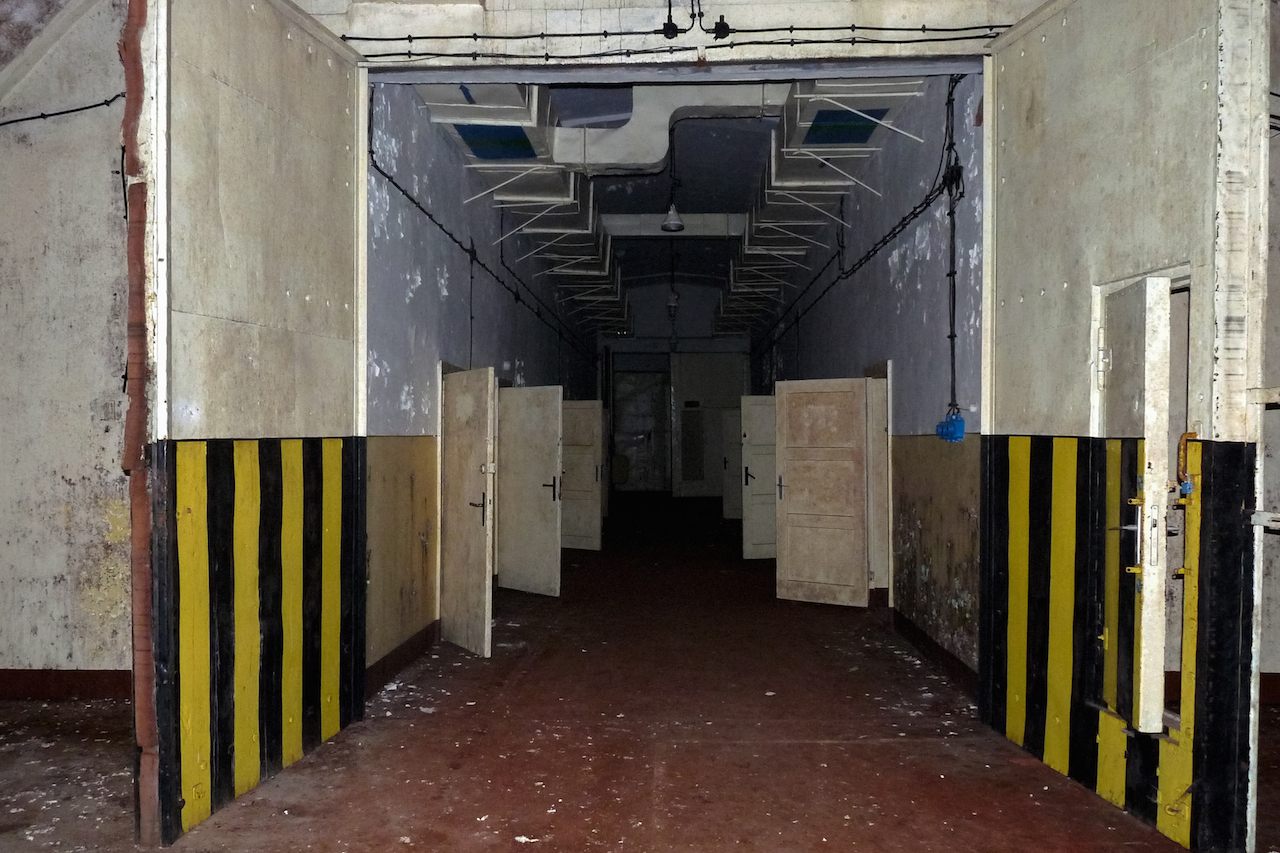
With preparations completed, he returned to the USSR on October 11. The new independent missile regiment set up at Zhitkovichi (Belarus), and underwent training over November and December before waiting another month for the order to leave for the GDR. “Everyone agonized from the suspense. But the command to load up never came,” Col. Aleksandrov said. “On several occasions I reported to division command […] but each time I got the same answer: ‘Wait. Increase the regiment’s training and combat readiness’.”
In the end, the Soviet Union’s production of the R-14 Chusovaya missile (SS-5 Skean), with its much greater range, eliminated the need for armed nuclear missiles in Germany. Col. Aleksandrov was given the order to disband on July 12, 1962.
Meanwhile, there was enough going on through the Cold War and beyond to keep Vogelsang busy. The Red Army’s 25th Tank Division was based here, and the Russians didn’t leave until 1994. Rumors of TR-1 (SS-12 Scaleboard) nuclear missiles being stored at Vogelsang between 1983 and 1988 appear to be unfounded.
Now the whole site is being torn down. Mechanical rubble makers have already chewed their way through a sizable chunk of history from the north, and they’ll keep going until it’s gone. Vogelsang is huge, though, and no matter how hard they try, they will never fully erase the traces of its Soviet past.




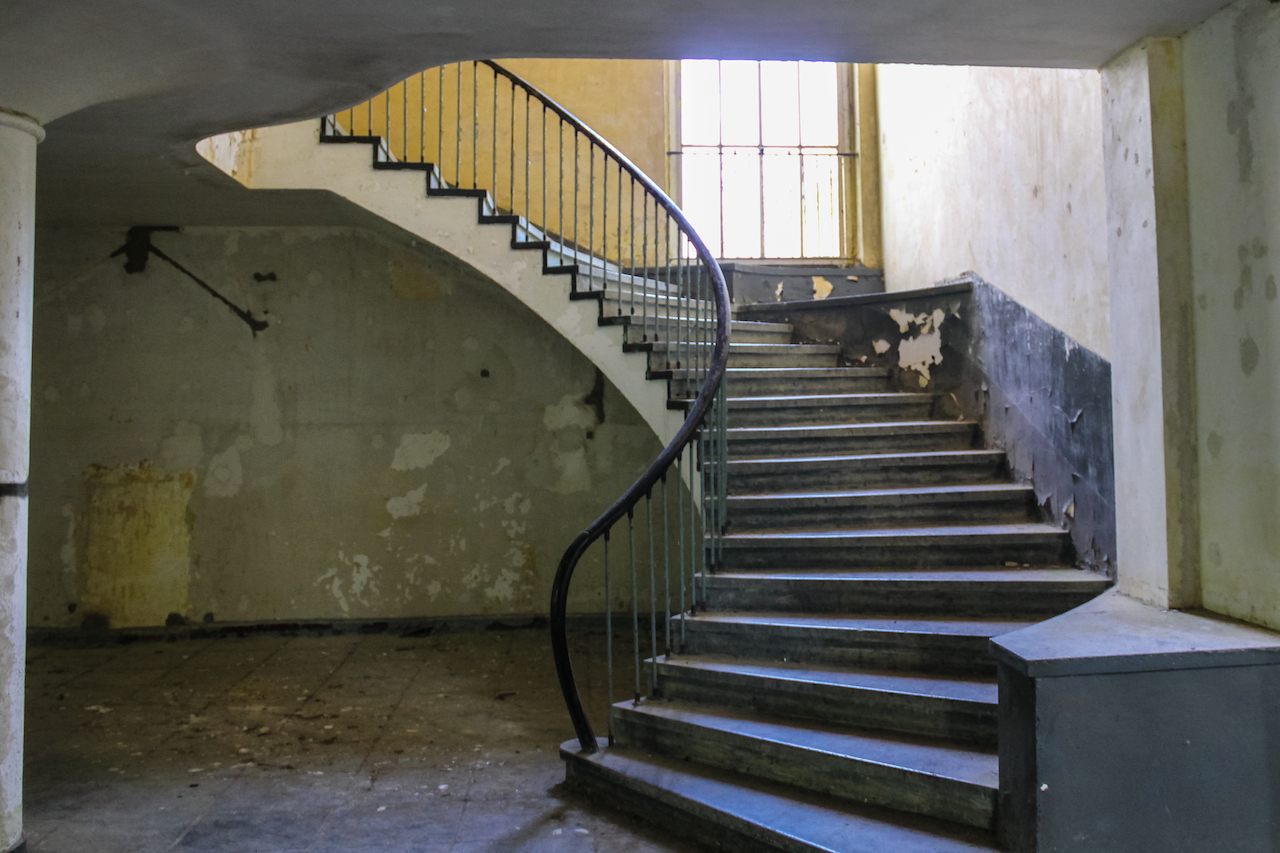
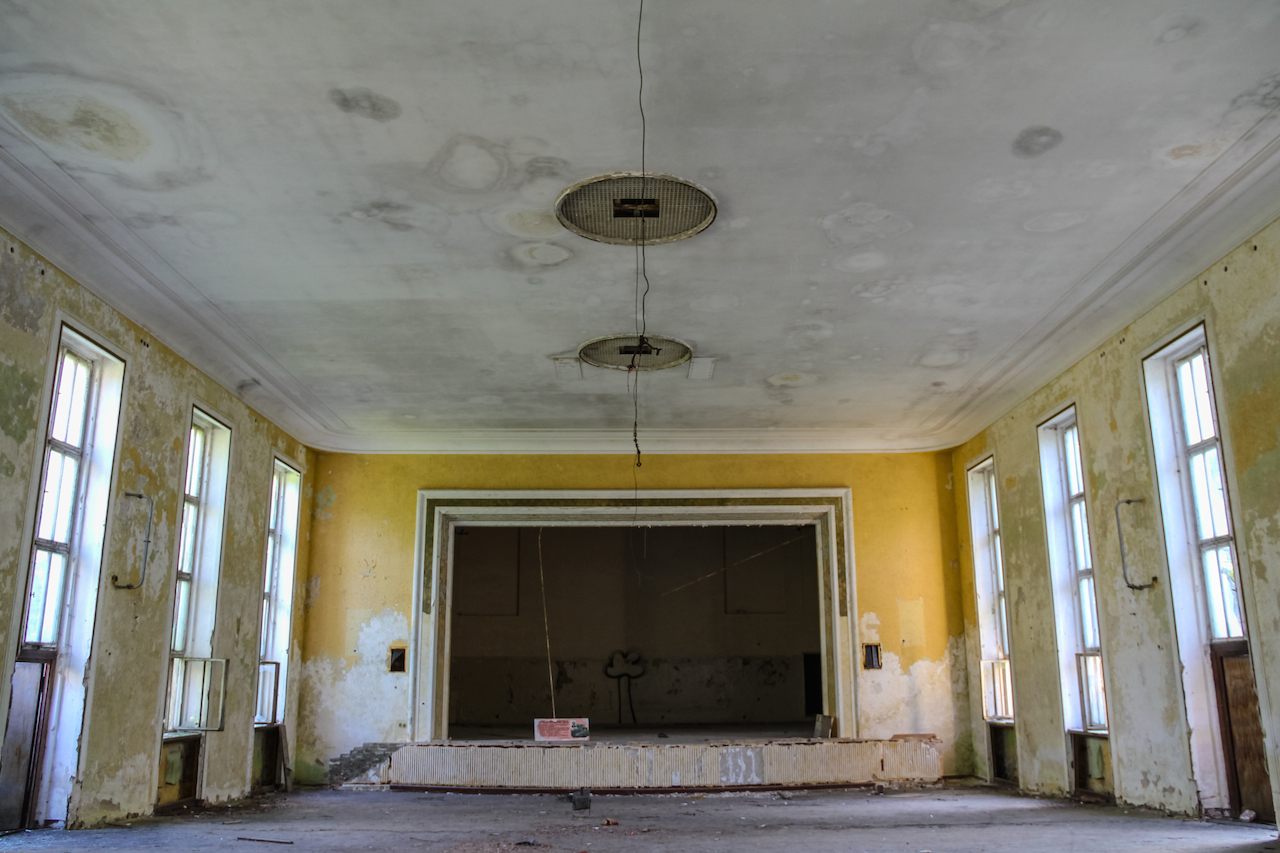
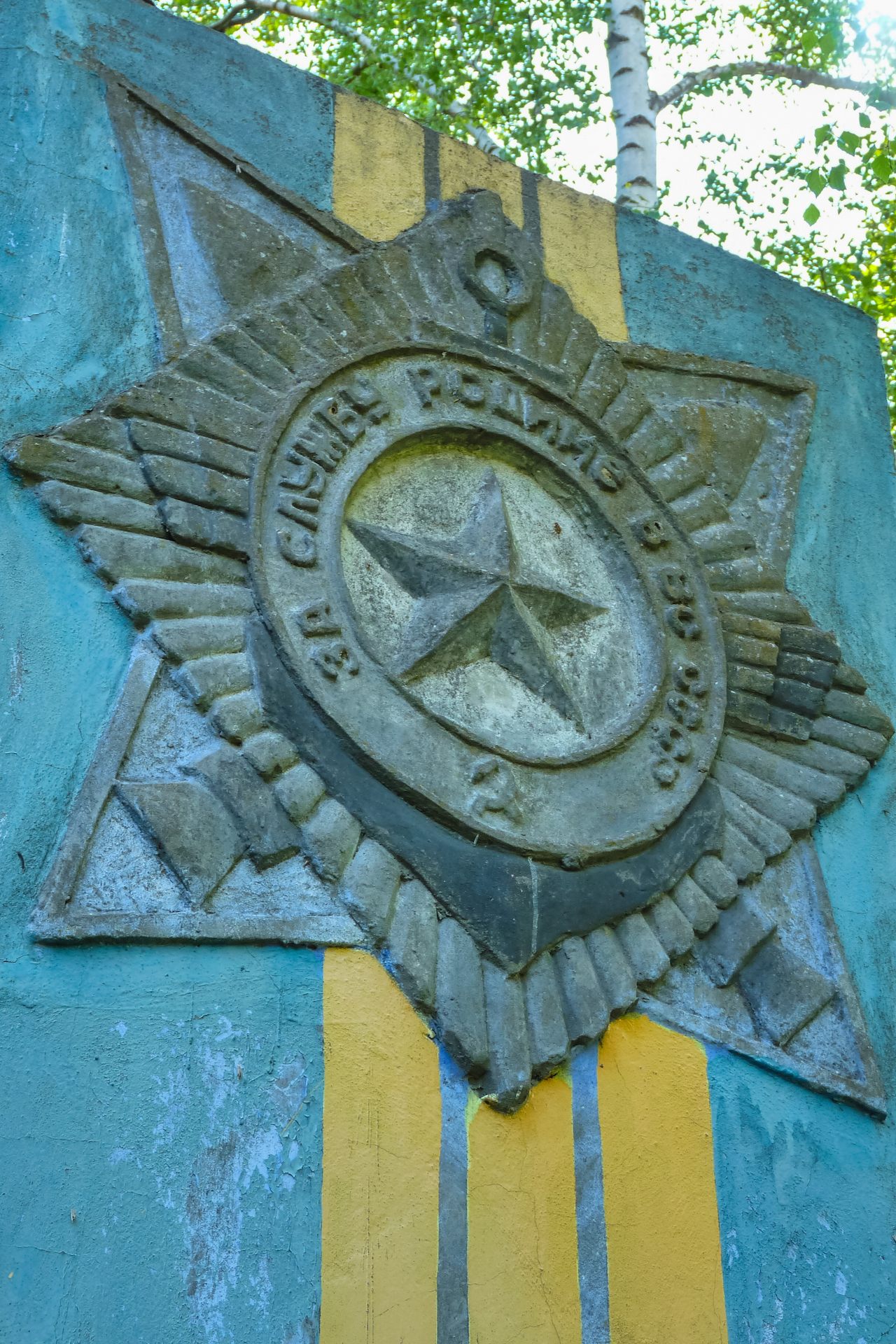


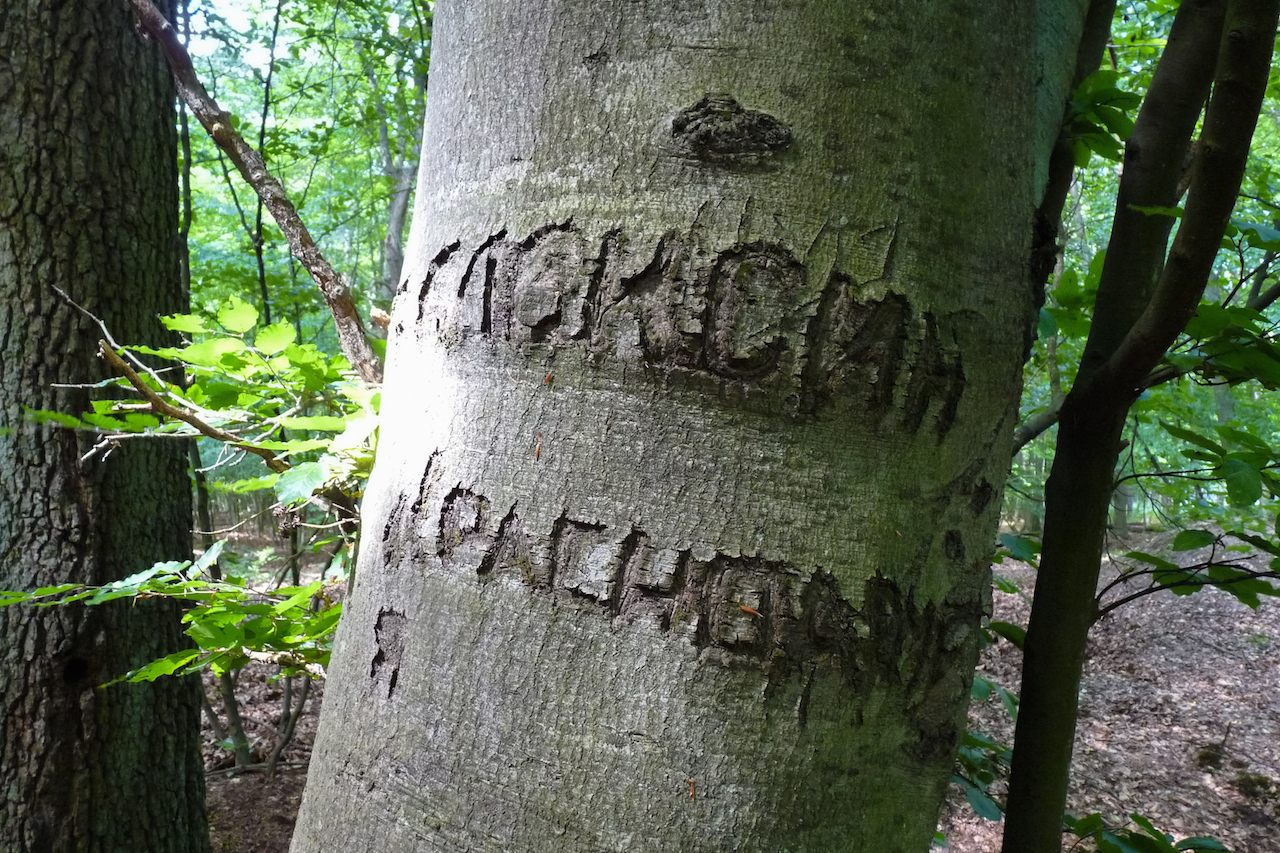
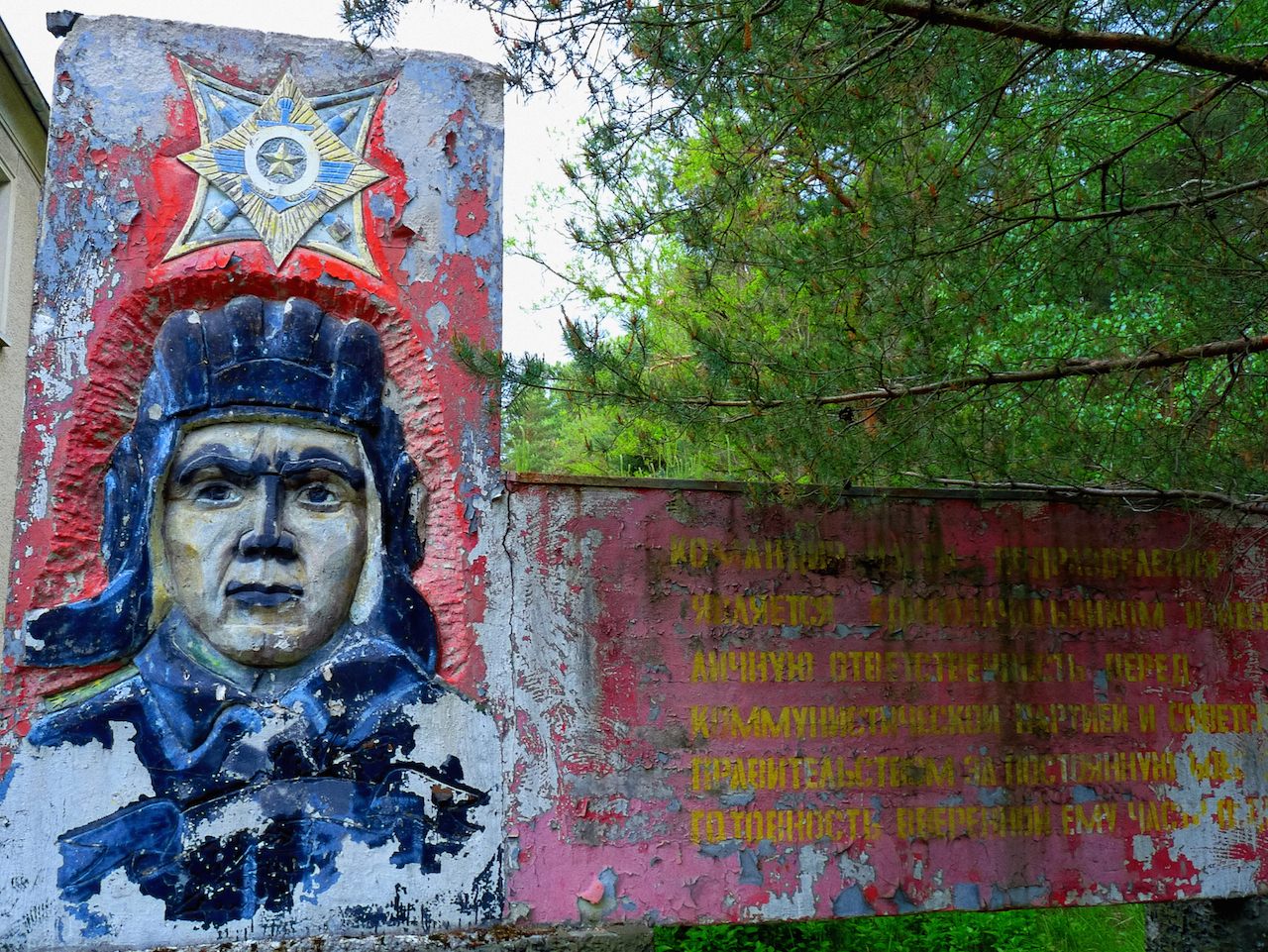
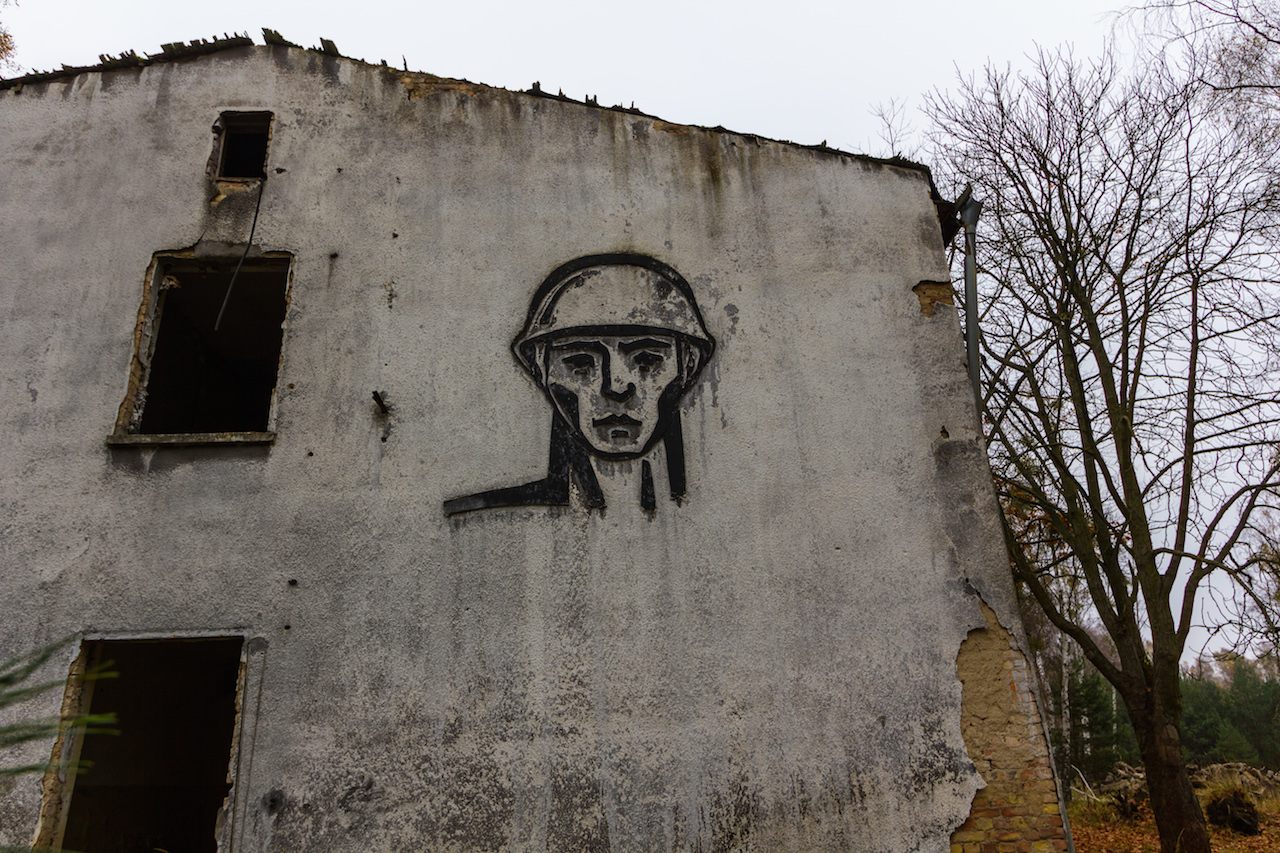
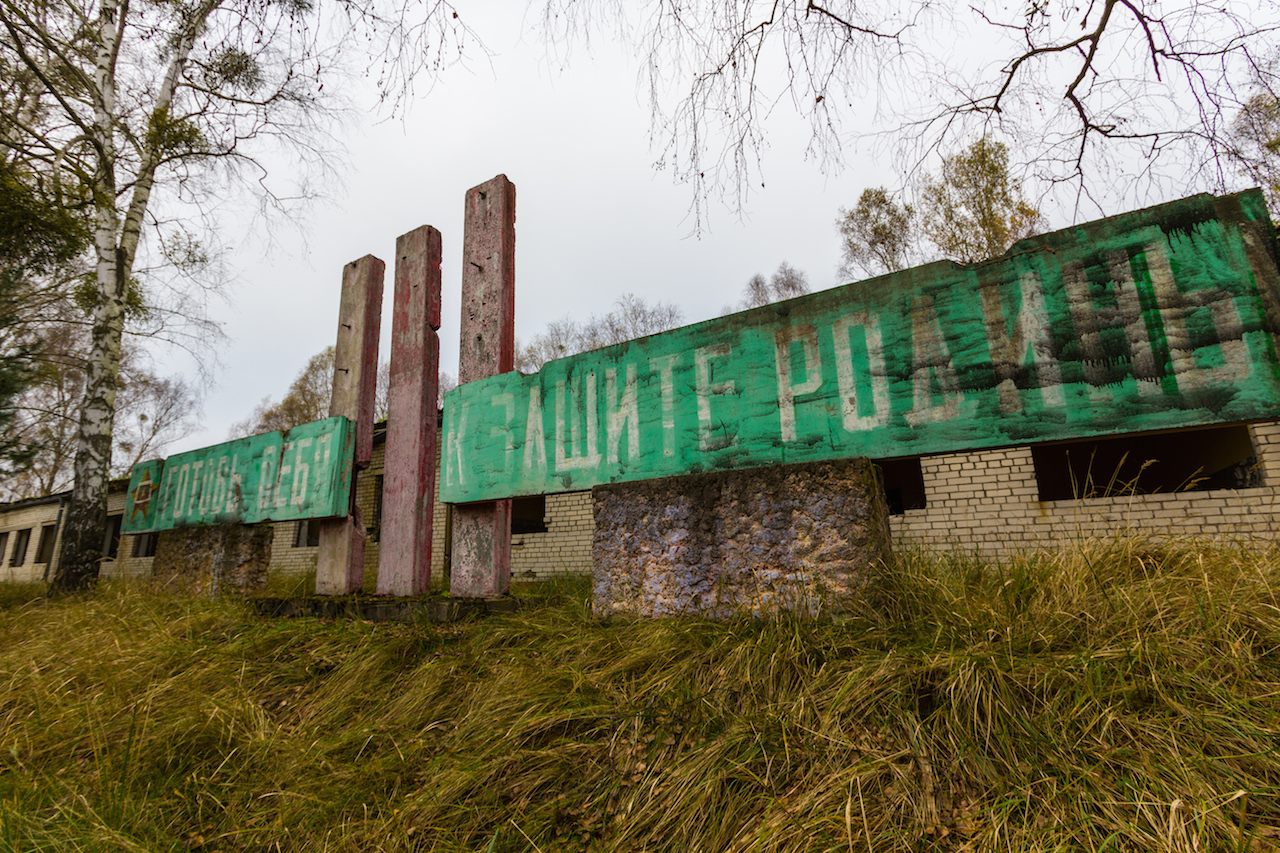
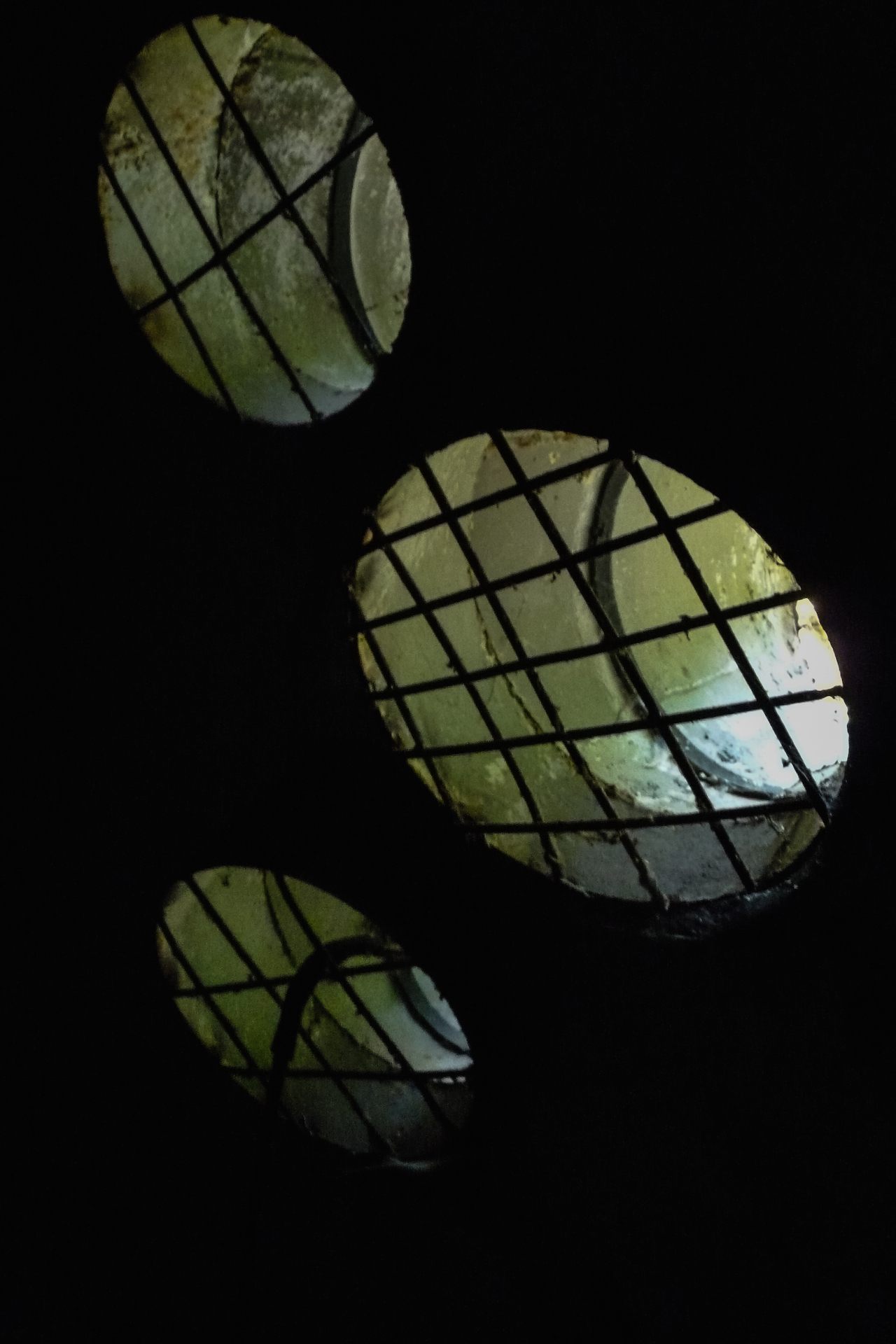
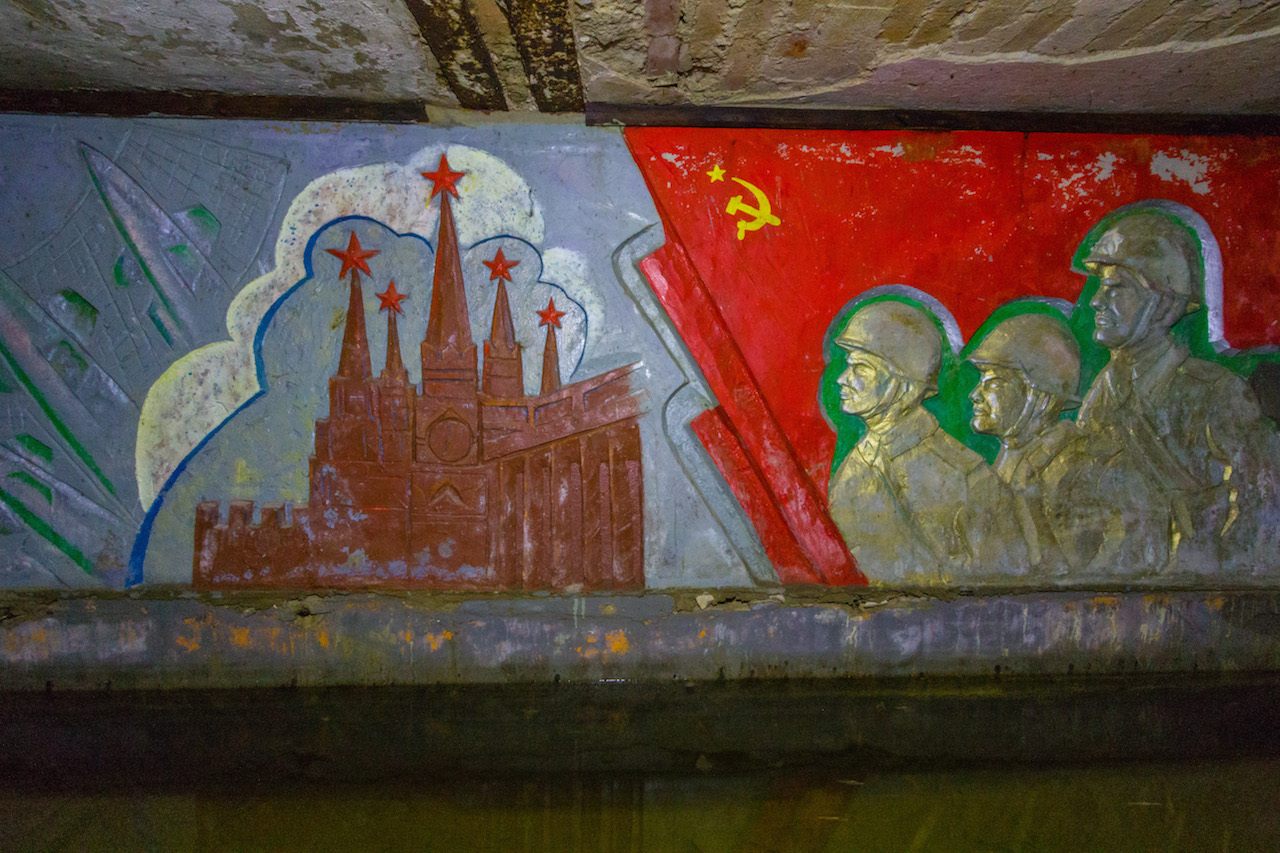
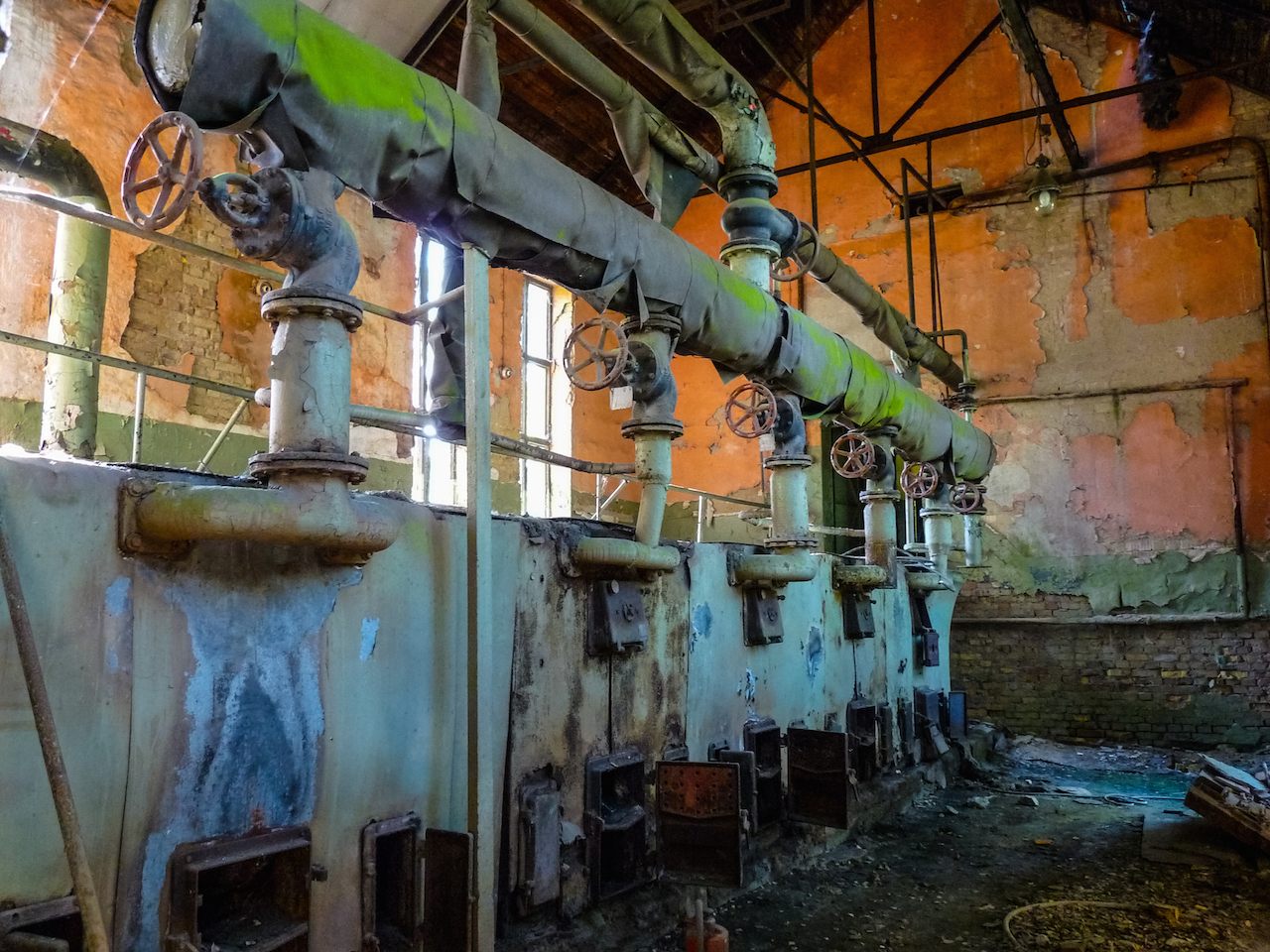
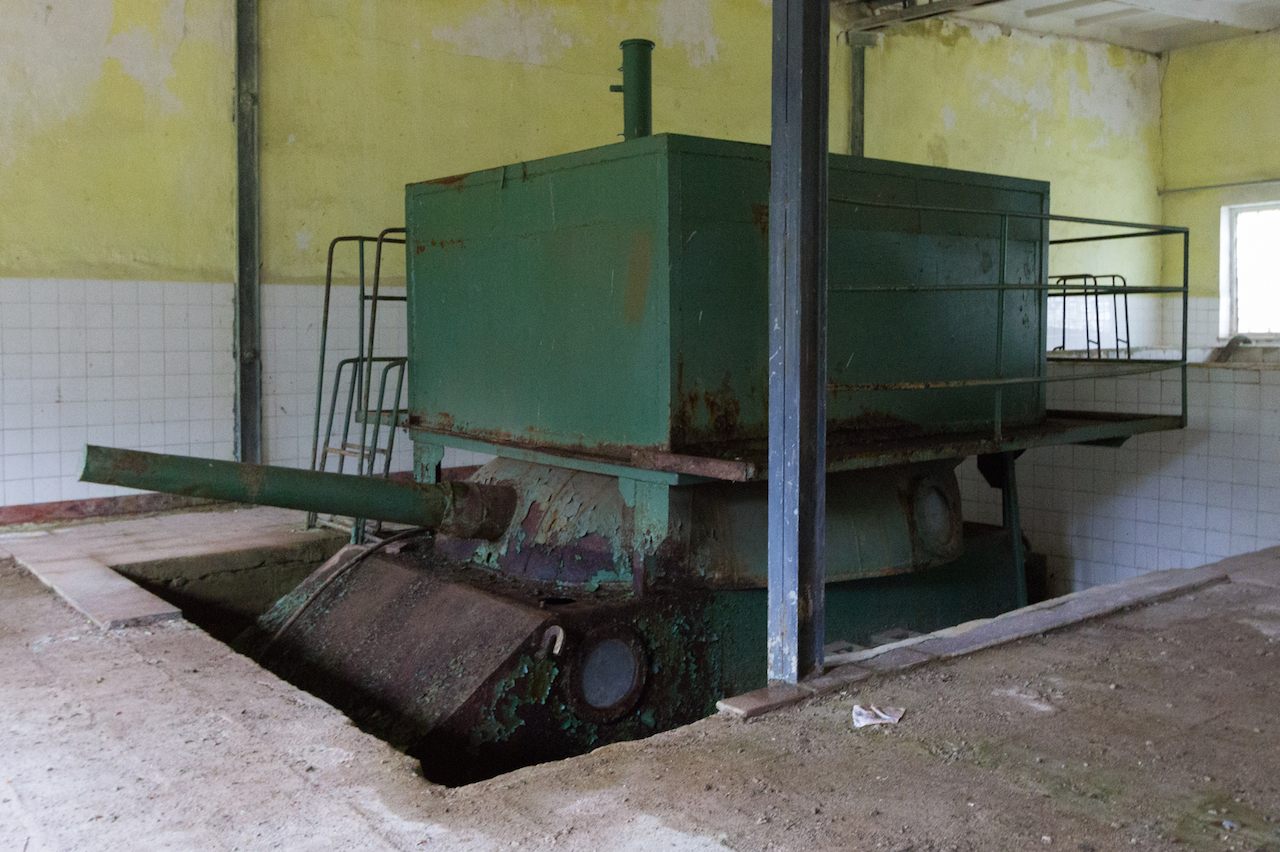
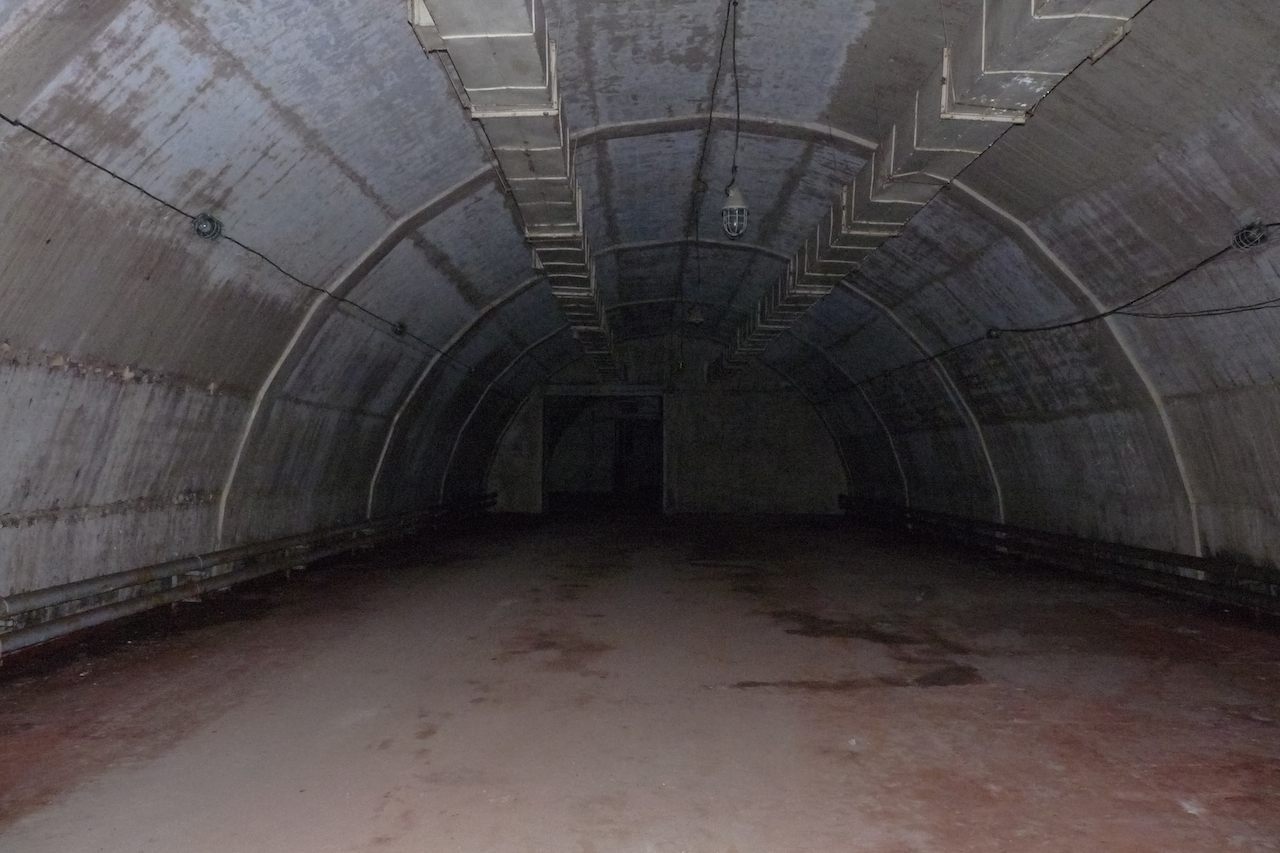
Ciarán Fahey explores the stunning ruins of Germany at Abandoned Berlin, where you can discover more of his photographs and writing.

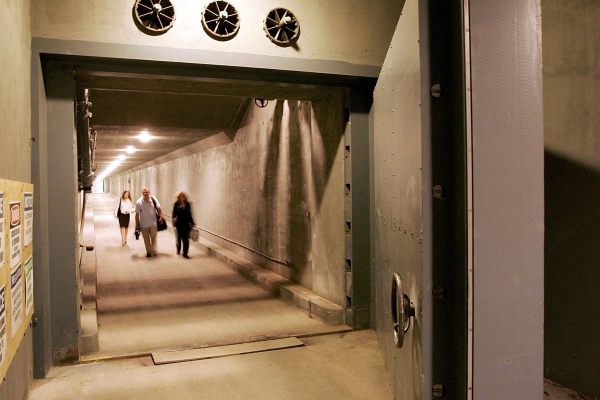

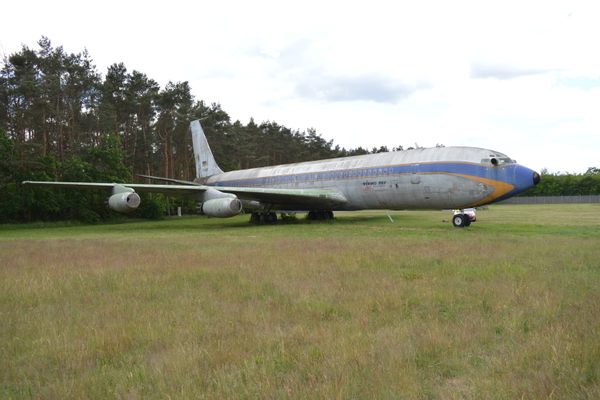













Follow us on Twitter to get the latest on the world's hidden wonders.
Like us on Facebook to get the latest on the world's hidden wonders.
Follow us on Twitter Like us on Facebook